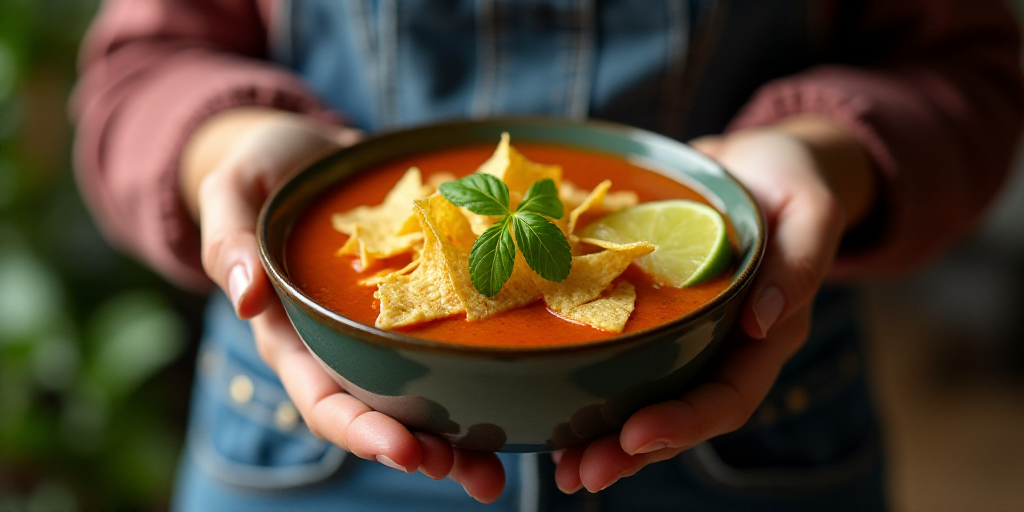Beyond Taste: How Mexican Mother’s Cuisine Shapes Identity
In Mexico, the Mother’s Day goes beyond flowers and gifts; it’s also about aromas. The scent of a bubbling mole, the fragrance of creamy rice pudding, or the comforting chicken broth all evoke a sense of home. Each region in Mexico has its own set of dishes that mothers prepared not just out of necessity, but with love. These dishes became part of family life, woven into daily routines and shaping our culinary preferences.
Culinary Heritage: An Emotional Legacy
Every region in Mexico has its unique “mother’s cuisine.” These dishes weren’t meant for guests or special occasions but for everyday life. They were part of an emotional routine that built our palates.
From North to South: Exploring Regional Motherly Cuisines
Northern Regions (Chihuahua, Sonora, Coahuila)
In these regions with extreme climates, home-cooked meals were hearty, filling, and generous. Mothers prepared beef stew with potatoes, hand-mashed beans, hand-punched flour tortillas, and corn husk coffee that perfumed the entire house. Breakfasts of machaca with egg, lunches of thick rice pudding, and dinners of quesadillas de asadero were daily menu staples.
Central and Bajío Region (CDMX, Guanajuato, Querétaro, Estado de México)
Here, the kitchens smell of sopa de fideo, red rice that’s toasted to create an irresistible crust, picadillo with carrots and potatoes, and meatballs with chipotle. Classic daily dishes included gratinado chayote, eggs in green salsa, and milanesa with Russian-style salad.
Western Region (Jalisco, Michoacán, Nayarit)
Mothers cooked with the heart of the land and pueblo traditions. Carnitas were served on Sundays, tender uchepos with crema, and hot corundas wrapped in corn leaves. Caldo michi or pozole rojo were home-cooked meals, not restaurant fare.
Southern and Southeastern Regions (Oaxaca, Chiapas, Veracruz)
In these regions, motherly cuisine drew from a thousand-year-old tradition. Slow, firm-handed cooking yielded dishes like shrimp broth with chipotle, homemade garnachas with cabbage and sauce, rice with mashed plantain, black mole or coloradito ground at home, and plantain-wrapped tamales shared for birthdays and ordinary days alike.
Yucatan Peninsula
The everyday cuisine featured intense flavors from cochinita pibil slow-cooked in a home oven, papadzules served with hard-boiled egg and pumpkin seed sauce, and bean broth with fried plantain accompanying every meal. Huevos motuleños for breakfast or relleno negro were prepared to continue a flavor legacy from grandparents.
Why Do These Dishes Leave an Indelible Mark?
These are recipes we learned to recognize without reading them. Mothers cooked these dishes when we were sick, sad, happy, or celebrating. They made us feel unique and prompted us to say, “My mother’s recipe is the best.”
Key Questions and Answers
- Q: What makes Mexican motherly cuisine special? A: It’s not about chef skills or cookbooks; it’s about the knowledge passed down through hands, creating daily dishes with deep emotional value.
- Q: How does regional variation play a role in Mexican motherly cuisine? A: Each region, from the northern deserts to the southern jungles, has its unique set of dishes shaped by local ingredients and traditions.
- Q: Why are these dishes so emotionally significant? A: They were part of daily routines, creating a lasting impact on our culinary preferences and emotional connections to food.






